Anni Vuorenkoski
Algorithmic Design and Implementation of Unobtrusive Multistatic Serial LiDAR Image
Nov 08, 2019
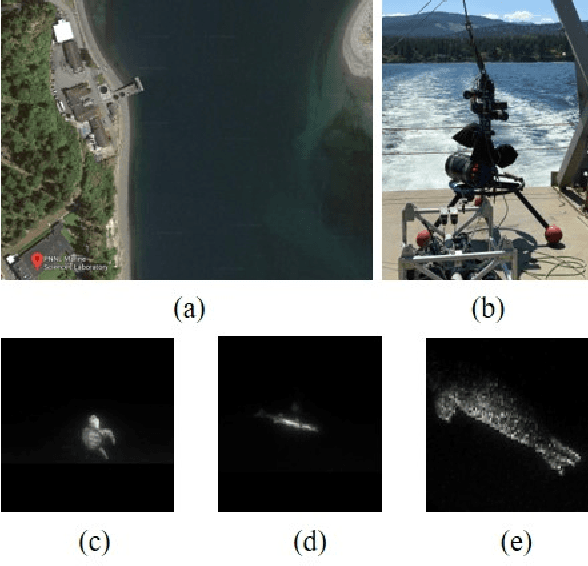
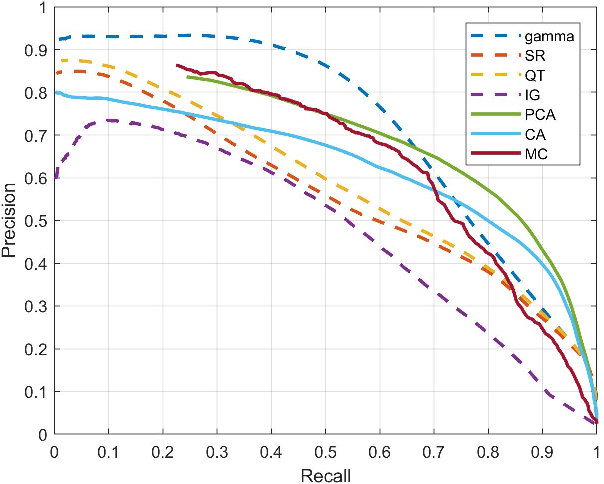
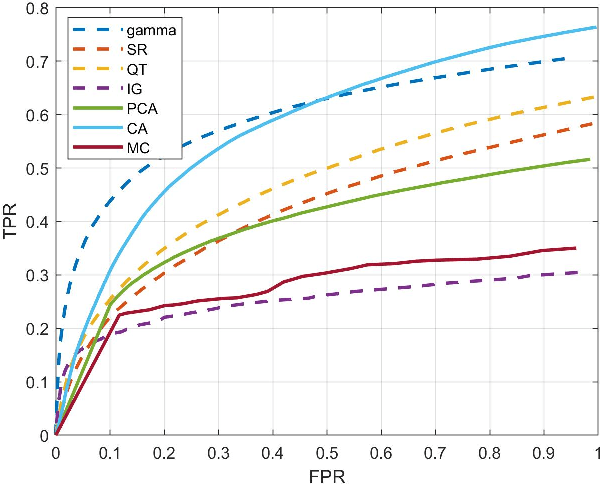
Abstract:To fully understand interactions between marine hydrokinetic (MHK) equipment and marine animals, a fast and effective monitoring system is required to capture relevant information whenever underwater animals appear. A new automated underwater imaging system composed of LiDAR (Light Detection and Ranging) imaging hardware and a scene understanding software module named Unobtrusive Multistatic Serial LiDAR Imager (UMSLI) to supervise the presence of animals near turbines. UMSLI integrates the front end LiDAR hardware and a series of software modules to achieve image preprocessing, detection, tracking, segmentation and classification in a hierarchical manner.
Marine Animal Classification with Correntropy Loss Based Multi-view Learning
May 03, 2017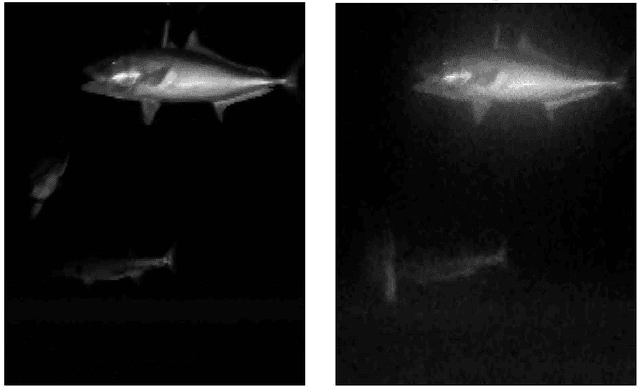

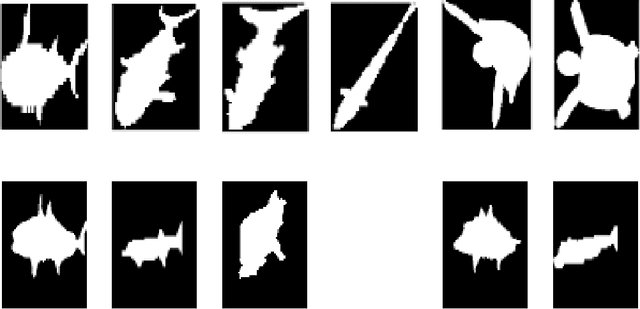
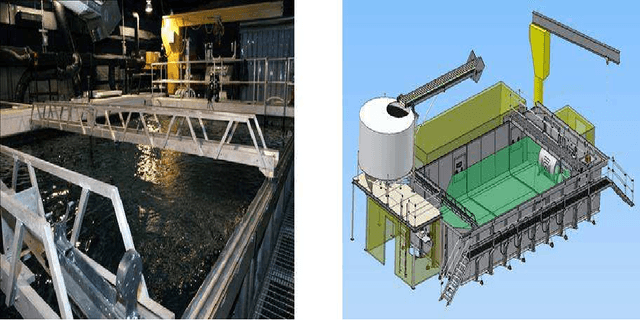
Abstract:To analyze marine animals behavior, seasonal distribution and abundance, digital imagery can be acquired by visual or Lidar camera. Depending on the quantity and properties of acquired imagery, the animals are characterized as either features (shape, color, texture, etc.), or dissimilarity matrices derived from different shape analysis methods (shape context, internal distance shape context, etc.). For both cases, multi-view learning is critical in integrating more than one set of feature or dissimilarity matrix for higher classification accuracy. This paper adopts correntropy loss as cost function in multi-view learning, which has favorable statistical properties for rejecting noise. For the case of features, the correntropy loss-based multi-view learning and its entrywise variation are developed based on the multi-view intact space learning algorithm. For the case of dissimilarity matrices, the robust Euclidean embedding algorithm is extended to its multi-view form with the correntropy loss function. Results from simulated data and real-world marine animal imagery show that the proposed algorithms can effectively enhance classification rate, as well as suppress noise under different noise conditions.
 Add to Chrome
Add to Chrome Add to Firefox
Add to Firefox Add to Edge
Add to Edge